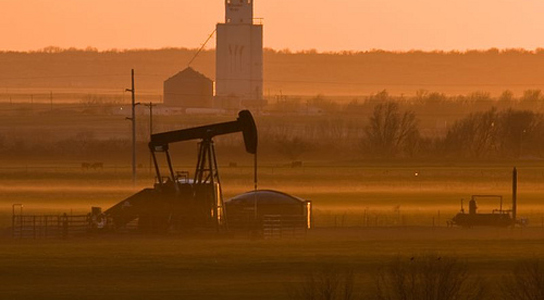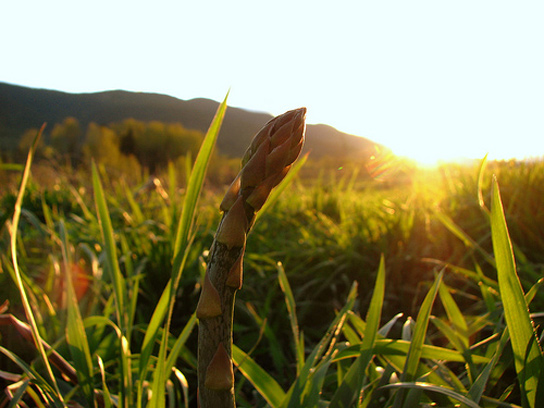
One-third of human-caused greenhouse gas emissions originate from the global food system, which includes fertilizer production, food storage, and packaging.
One-third of all human-caused greenhouse gas emissions stem from the global food system, which encompasses the manufacturing of fertilizer, to food storage and packaging. These figures are from the Consultative Group on International Agricultural Research (CGIAR), which is a partnership of 15 research centers from around the world.
Two reports were published by the CGIAR, and they state that reducing agriculture’s footprint is central to limiting climate change. To ensure food security, farmers should switch to cultivating more climate-hardy crops.

Asparagus in the sun. Credit: Afton Halloran
Food-related emissions and the impacts of climate change on agriculture and the food system will affect the way that we cultivate and produce food, states Sonja Vermeulen, a plant scientist, from the University of Copenhagen, in Denmark.
The scientists examined the carbon emission for all stages of the global food system. Previous work had only looked at the contribution of agricultural production to greenhouse gas emissions. The new study looked at estimates from 2005, 2007, and 2008 and found that agricultural production releases 12,000 megatonnes of carbon dioxide every year, up to 86% of all food-related anthropogenic greenhouse gas emissions. Fertilizer manufacturing produces 575 megatonnes and refrigeration emits 490 megatonnes. The whole food system released 9,800 to 16,900 megatonnes of carbon dioxide into the atmosphere in 2008.
In higher-income countries, like the UK, post-production, which includes storage and transport, contributes a large proportion of the food system’s greenhouse gas emissions. In countries like China, fertilizer manufacturing has the biggest role.
By 2050, climate change could cause irrigated wheat yields in developing countries to drop by 13%. Irrigated rice could fall by 15%. In Africa, maize yields could drop by 10% to 20%.
As temperatures rise, potato-growing areas, like China and India, are likely to see decreased yields. Farmers might have to consider growing crops, like bananas, which do better in warmer climates.









Be the first to comment on "As Much as One-Third of Greenhouses Gases Come From Agriculture"